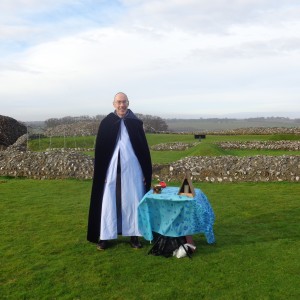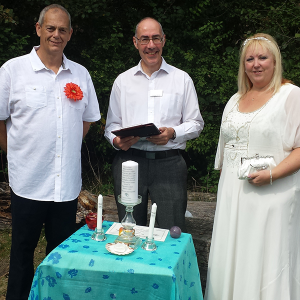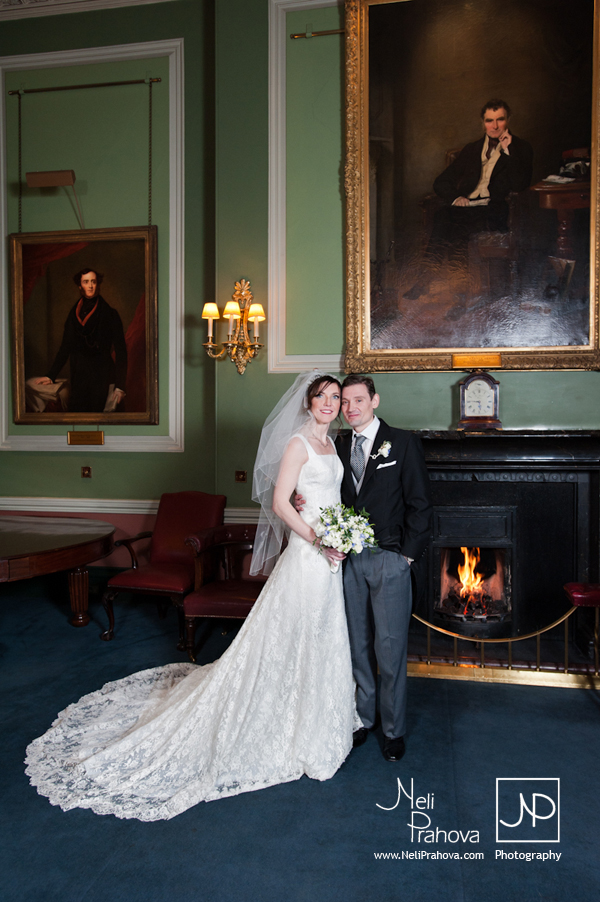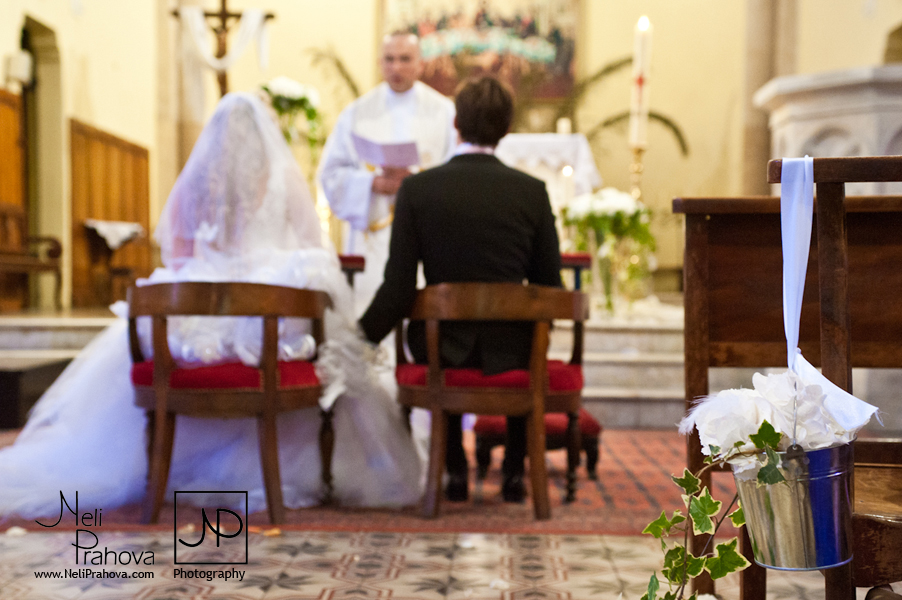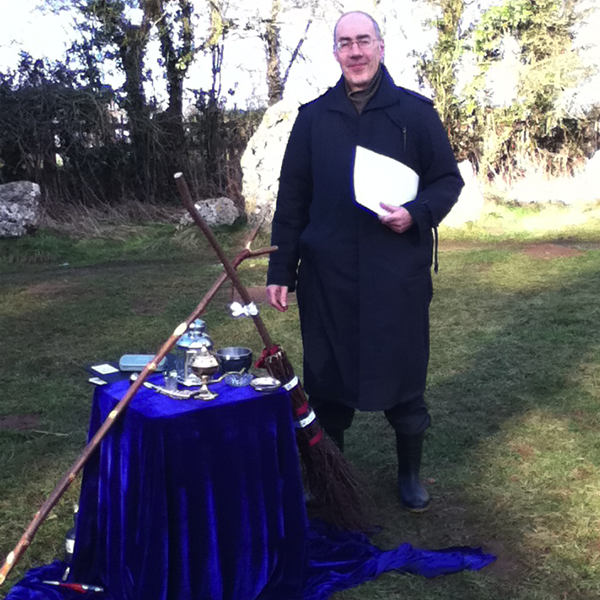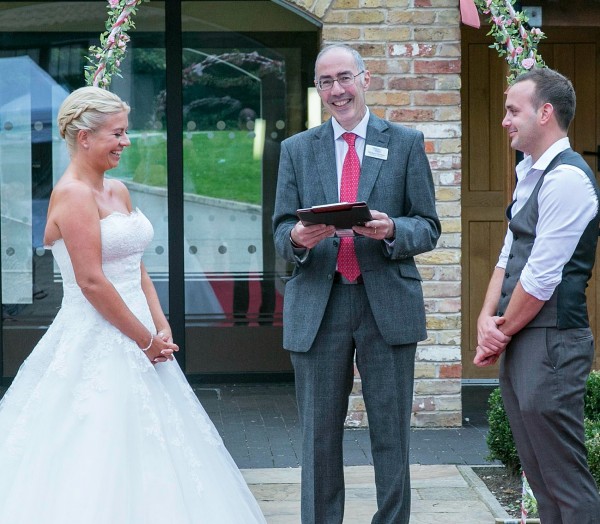
Three Very Different Ceremonies
I do appreciate that not everyone understands what I offer. Although there have been civil celebrants in this country for more than fifteen years to my knowledge, there is still widespread ignorance about our role and the benefits that we can provide.
To clarify things, I’d like to focus on three ceremonies I created and performed in the not-too-distant past. I’d like to think that these will shed light on what is on offer and even give you some food for thought.
Imagine holding an open-air wedding ceremony on an Iron Age hill-top fort!
That’s what Annie and Ross organised. They were an interesting pairing: she was pagan and he was half-Jewish. They asked me to put together a ceremony that would reflect both religions. A challenge I enjoyed rising to!
As soon as they had done the legal bit in Salisbury Register Office they, and their entourage, headed up the hill to where I, in my robes, and my table was awaiting them.
After a welcome, explanations were offered before each ritual.
The Jewish part involved the bride circling the groom seven times while he read out certain traditional statements (in English) about a “woman of valour”. He also broke a glass underfoot at the end to the traditional cries of “Mazal tov!”.
The pagan parts included charging the circle, summoning the elements of nature, drawing down the God and Goddess, reciting handfasting vows, and drinking from the Loving Cup.
A very special occasion.
Canalside Vow Renewal
Another happy outdoor ceremony took place at Basingstoke Canal Centre.
C. and S. were celebrating 25 years of marriage and had invited friends and family to their beloved canalside location. It was hot and humid – indeed, it cannot be claimed that we remained totally dry, but nobody minded.
We convened in a grove with benches arranged in a semi-circle. I brought a table and unity candle and off we went. One highlight was the personal celebrant address, which touched on some of the events – happy and a few sad – over the thirty years the couple had known each other. Some favourite songs were played. A simple, cheerful, yet moving ceremony was the outcome.
Wedding Blessing
A completely different setting was the prestigious British Medical Association House in the heart of London. The couple had requested the legal ceremony (with the registrars) before my turn came to bless them. In contrast to the formality of the first part, this was more relaxed and although some beautiful, memorable words were spoken, smiles and even laughter were an integral part of the proceedings (even before the wine in the Loving Cup was shared!) and all went away to the reception more than satisfied with the formalities.
I hope this gives a flavour of the variety of ceremony that a Civil Celebrant can offer. I would certainly be happy to answer any questions this article may give rise to.

